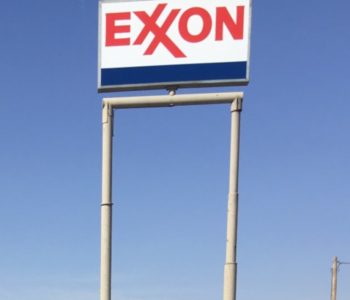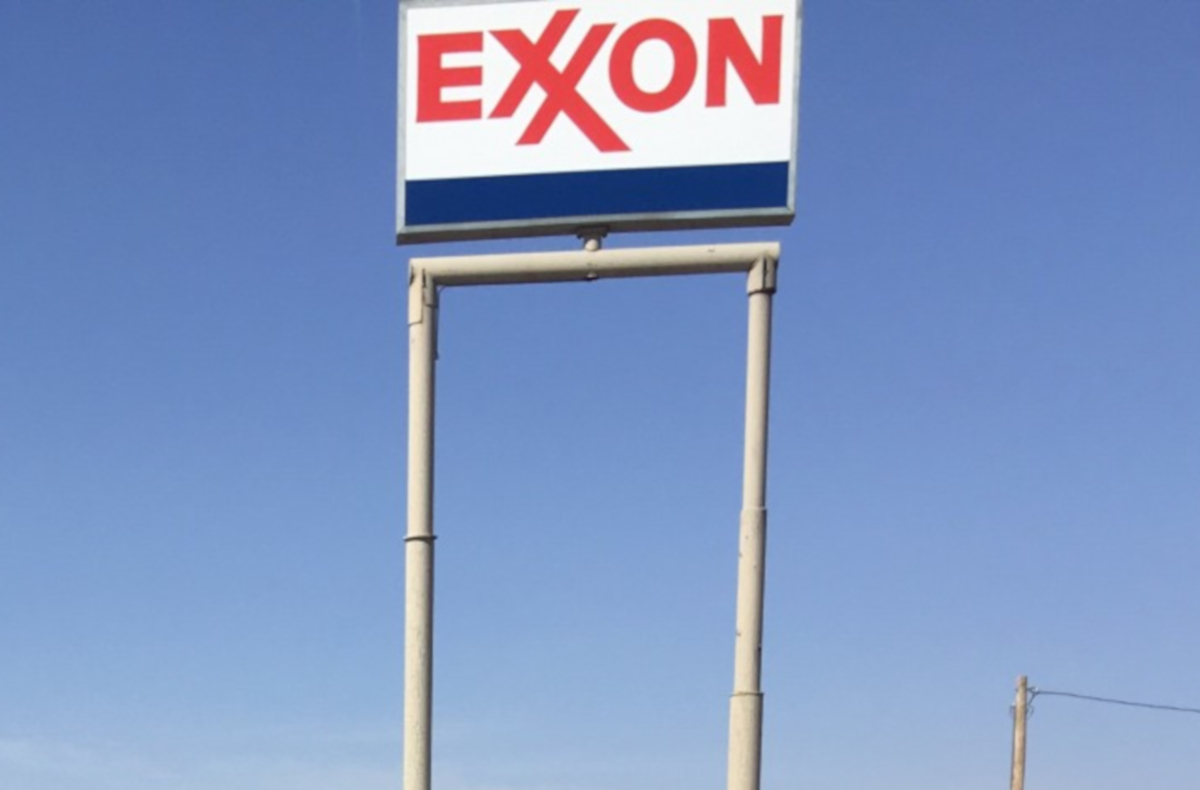Is Exxon Mobil Corporation’s 7% Yield Safe?

Can You Trust Exxon Mobil Corporation’s Dividend Payout?
Income investors have long prized Exxon Mobil Corporation (NYSE:XOM) for its dependable dividends. Now they might be giving that a rethink.
Shares of the energy giant have struggled in recent years with the downturn in the oil patch. Since March 2019, XOM stock has lost almost a third of its value. And at the end of February, Exxon Mobil shares traded at a 10-year low.
Investors might be asking themselves,”Could Exxon’s plunging share price indicate trouble ahead for the company’s dividend?”
Today, Exxon stock offers prospective shareholders a nearly seven percent payout. Yields don’t usually get that high unless something has gone wrong for a company. So let’s take a peek into the financials of this Dividend Aristocrat.
At first glance, Exxon Mobil Corporation’s distributions looks unsustainable. In 2018, the business generated $16.4 billion in free cash flow. From that total, management paid out $13.8 billion in distributions. (Source: “Exxon Mobil Corp.” MarketWatch, last accessed March 3, 2019.)
Generally, I like to see businesses pay out no more than 90% their cash flow as dividends. I like to see this number even lower in cyclical industries like oil and gas.
So Exxon’s 84% payout ratio in 2018 put it in the red zone. Management hasn’t left themselves with much of a buffer to survive another large downturn in oil prices. It also doesn’t leave them with enough cash on hand to invest in replacing their oil reserves.
How has Exxon dealt with that problem? The corporate credit card. The company’s debt totaled $46.9 billion at the end of 2019, up nearly 25% from $37.8 billion a year earlier. (Source: “4Q19 Investor Relations Data Summary,”Exxon Mobil Corporation, January 31, 2020.)
But XOM stockholders have no reason to panic quite yet. Short-term, the company can continue to paper over its cash shortfall.
Exxon Mobil Corporation’s outstanding liabilities are still small compared to the assets on its balance sheet. The company has about $0.20 in net debt for every dollar in market value. That means management has plenty of room to continue borrowing.
Moreover, Exxon continues to enjoy easy access to the debt market. The company’s bonds remain investment-grade, with an AA+ rating from S&P Global Ratings. With investors desperately searching for safe yield, Exxon will have ready access to cheap cash.
Long-term, new projects should turn the company into a cash machine.
In 2019, Exxon announced a $32.0-billion spending program. Executives said they would focus most of their investment dollars in fast-growing shale fields like the Texas Permian Basin. (Source: “Exxon Boosts Spending to $32 Billion, Raises 2025 Profit Target,” Bloomberg, March 6, 2019.)
Those projects will start generating cash soon. Over the next five years, Wall Street projects that the company’s earnings will grow at a high single-digit clip. And as management dials back investment spending, Exxon’s payout ratio should improve.
All of which assumes that executives can bring new projects in on time and on budget. It also assumes oil prices won’t fall off a cliff.
But barring a deep recession, Exxon Mobil Corporation has the financial muscle to keep paying out dividends to shareholders. Therefore, Exxon stock’s seven percent payout looks safe for now.











